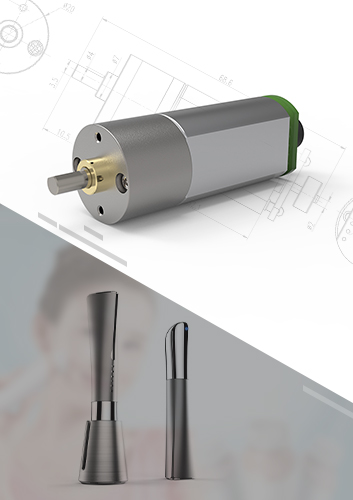When Your Car Seat Won't Move: A Diagnostic Approach
Few features highlight convenience in a vehicle like a power seat, until the day it stops responding to the switch. A non-functioning seat can be more than an inconvenience; it can affect driving posture and safety. The cause often lies within the electrical system that drives the seat's movement. From our perspective at Power Motor, with deep experience in motion systems, the solution usually involves a logical process of checking the most common failure points. These systems typically rely on a DC motor, either a brushed and brushless DC motor variant, to provide the necessary motion, and understanding this can guide your troubleshooting steps.

Initial Checks: Fuses and Simple Connections
The first and most accessible area to inspect is the vehicle's fuse box. A blown fuse is a frequent reason for a complete loss of power to the seat assembly. Consult your owner's manual to locate the correct fuse and check if the metal filament inside is intact. If the fuse is functional, the next step is to look for obstructions. Coins, debris, or cables can become lodged in the seat's tracks, preventing the mechanical parts from moving even if the motor is receiving power. A visual inspection and clearing of the tracks can sometimes resolve the issue immediately without any tools required.
Understanding the Motor and Switch Mechanism
If the electrical power is confirmed to be reaching the seat assembly, the focus shifts to the components that use that power. The control switch on the side of the seat is a common point of failure. Over years of use, the electrical contacts within the switch can wear out. The motor itself is the heart of the system. Most traditional power seat systems use a durable brushed DC motor for its simplicity and high torque. However, some modern vehicles may employ a brushed and brushless DC motor design for specific functions, valued for their longevity and precise control. A faulty motor will often give audible clues, such as a humming sound when the switch is pressed but no movement, indicating it's receiving power but has an internal mechanical failure.
The Role of Actuators and Cables in Movement
The motor alone does not move the seat. Its rotational force is transferred through a series of gears and drive cables, or linear actuators, to the various adjustment mechanisms. These mechanical components can also fail. A plastic gear can strip, or a drive cable can snap, especially if the track was obstructed. Diagnosing this often requires more disassembly to visually inspect the connection between the motor and the transmission system. In these cases, the motor may be functioning perfectly, but its motion is not being transferred to the seat frame.
Addressing a malfunctioning power seat in car involves a systematic process. Starting with the simplest and most common causes, like fuses and obstructions, often saves time and effort. If those are ruled out, the investigation moves to the electrical components—the switch and the motor itself—before finally examining the mechanical linkages. While replacing a switch is generally straightforward, motor or actuator repair requires more technical skill. For complex systems, particularly those involving specialized motors, consulting a professional technician with the correct diagrams and parts is a reliable path to a solution. Power Motor provides reliable, high-performance motor solutions for automotive seat systems, trusted by OEM and Tier-1 partners worldwide. Our engineering support helps businesses achieve greater efficiency and product reliability across large-scale applications.
